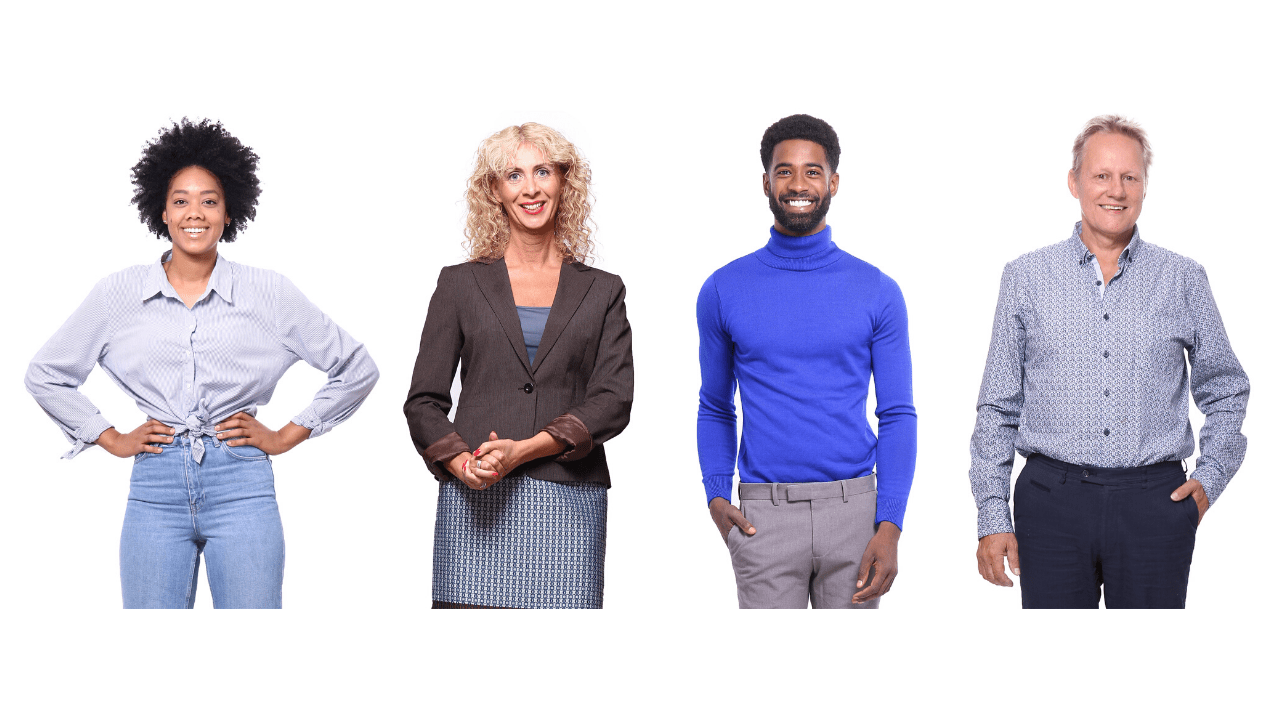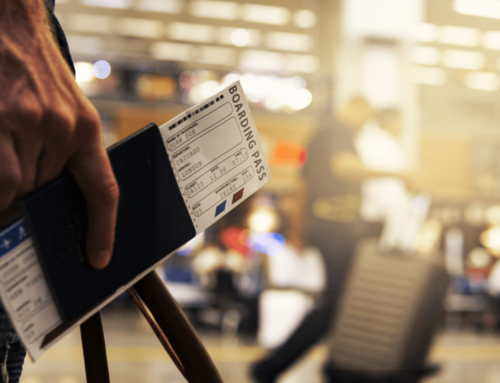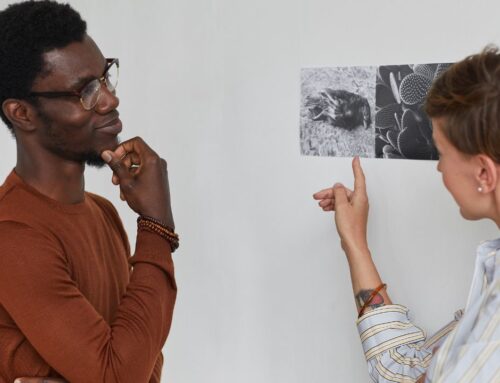One of the keys to understanding the Deaf community is to examine how the Deaf community is unique. The things that set deaf and hard of hearing consumers apart from their hearing counterparts go well beyond language and communication differences; there are several different social norms and values that make Deaf consumers behave differently. Some of the most noteworthy social norms and values that impact economic decision making and the purchasing power of the Deaf community are collectivism, information sharing, and the Deaf grapevine.
In contrast with American Individualism which places emphasis on individualistic success and upward economic mobility, Deaf collectivism places an emphasis on community well being and community-wide advances. It maintains a close, tight-knit community to achieve these aims. What is good for the whole is good for each individual, entrenching a community-first mindset.
This is largely achieved by information-sharing, another important community value. Since one of the results of communication barriers is missing out on important information by way of inaccessible conversations and media, the Deaf community strives to make up for this gap in knowledge by relentlessly sharing information with other members in their immediate Deaf community. The grocery store with signing cashiers, for example, is important information to someone who navigates an inaccessible world.
The Deaf Grapevine is another key social norm and takes information-sharing to a whole new level. Members of the Deaf community consider it their duty to spread important information beyond their intimate circles. When a business is deaf-friendly they don’t just want their friends and family to know, they want the entire community to know. And this is the very thing that deaf-friendly businesses benefit from the most.
These social norms and values directly inform the experience of consumers in the Deaf community and how they spend their dollars. All of this translates into a large, loyal, Deaf consumer base that will return again and again for years to come.
Some Notable Deaf-Friendly Companies
There are a handful of companies, of all sizes, who intentionally market their business towards the Deaf consumer.
Starbucks has long been a leader in the Deaf community as one of the foremost deaf-friendly businesses in the country. From its hiring practices, creating an online ordering app with deaf-friendly features, to setting up Signing Starbucks Stores in various places around the globe, they have been the golden standard for how a business can successfully capture the deaf and hard of hearing market segment.
Glide hired a spokesperson Sarah Snow who learned sign language, made a series of online video content in ASL, and traveled the country meeting with Deaf consumers who used their video messaging app. Glide became wildly popular in the Deaf community with users spreading the word among other Deaf people about the benefits of using Glide and its deaf-friendly business policies.
Rachel’s Ginger Beer has garnered a loyal following of Deaf customers in Seattle. They did this by ramping up their employee customer service training with a special focus on serving deaf and hard of hearing restaurant patrons. They encouraged their staff to learn basic signs and made sure paper and pen were available for all communication. Their signage is large and visually accessible. Though a small business, word spread far and wide in the Seattle Deaf community. Because of the emphasis on information sharing, Deaf consumers are more likely to trust other members in their community who have positive deaf-friendly interactions with businesses and will spend their money accordingly, staying loyal for years to come.
What’s happening here? Turns out this phenomenon has been studied and is supported by government, scholarly, nonprofit, and private-sector research. Let’s look closer into the hows and whys being a deaf-friendly business makes economic sense and improves the bottom line.
Some Statistics
Disability inclusion is a major driver for successful businesses.
Thirty-seven million Americans have a hearing loss according to the Center for Disease Control and yet, others put this number more around fourty-eight million. Using data from a 2018 report, the U.S. Office of Disability Employment Policy states that deaf and hard of hearing consumers are part of the third-largest market segment in the United States with discretionary income of $9 billion. The spending potential and percentage of the market represented by deaf and hard of hearing customers is tremendously significant and largely untapped. This is an advantage waiting to be capitalized by savvy businesses like yours.
Disability Inclusion Advantage Study by Accenture Research shows that businesses that score high on the Disability Equality Index show a 28% higher revenue, 30% greater economic profit margins, and twice the net income of their industry peers between 2015 and 2018.
Then those businesses that went further and focused on hiring people with disabilities and implementing disability-inclusive policies, including deaf and hard of hearing people, outperform their competition according to Disability:IN and American Association of People with Disabilities. Not only that, but employees with disabilities in the United States also show 85 percent employee retention rate after one year of employment according to a report released by the United Nations.
It is clear that working with and employing deaf and hard of hearing people is a win-win situation for businesses and consumers alike.
What Makes a Business Deaf-friendly
There are specific markers that Deaf consumers look for when determining if a business is deaf-friendly. Things like having accessible technology, signing staff, maintaining a positive, friendly attitude when serving deaf and hard of hearing customers, and a working knowledge of how to interact with customers from the Deaf community all go a long way towards ensuring customers return. Below is a list of things a business can do to increase its deaf-friendliness.
- Has specific policies in place that emphasizes deaf and hard of hearing customers are an important focus
- Market directly to deaf and hard of hearing customers
- Use visual aids that do not rely on verbal communication
- Teach staff basic signs and nonverbal communication techniques
- Train staff on how to work with deaf and hard of hearing customers
- Produce online and website content that is accessible to the Deaf community with subtitled videos
How We Can Help
At deafffriendly Consulting we specialize in helping businesses become deaf-friendly, by providing training and increasing your visibility in the Deaf community through consulting, customer service training, sign language classes, and sharing our information and resources with you. We are the experts in our field and we offer you the edge you need to help you create new opportunities. Interested in improving your customer service for deaf and hard of hearing customers? Let’s do this!





